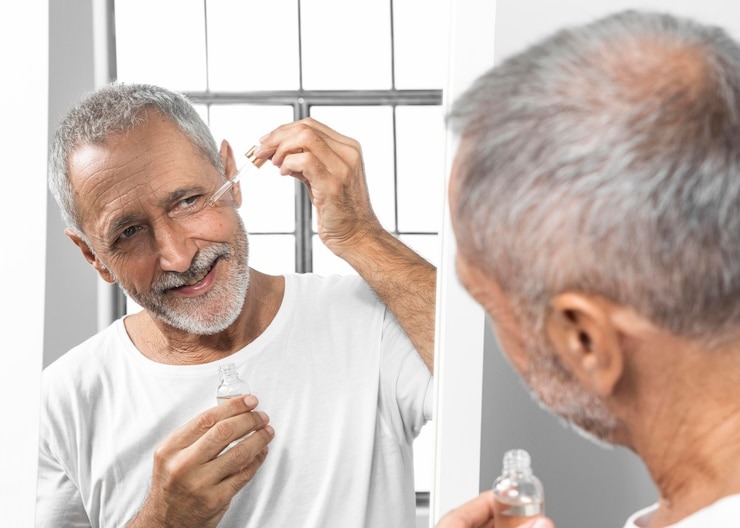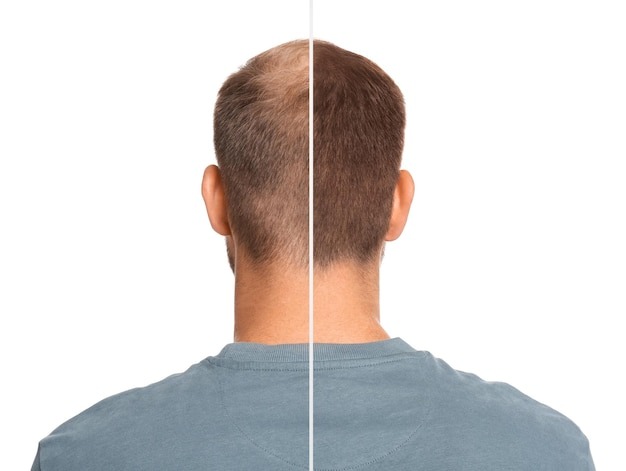As guys hit their late 20s and early 30s, dealing with hair loss becomes a big deal, both mentally and physically. Among the options to tackle this, finasteride stands out as one of the most popular and well-researched treatments for male pattern hair loss. But is it really effective long-term, and can you count on it to keep working?
Getting Why Hair Loss Happens
Male pattern baldness, also called androgenetic alopecia, mostly comes down to genes and hormones, mainly dihydrotestosterone (DHT). This tough hormone, a spin-off of testosterone, latches onto receptors in your scalp’s hair follicles, over time shrinking them and making them produce finer, shorter hair. Eventually, those follicles might stop making hair completely.
The key to tackling this? A treatment that zeroes in on DHT, which is where finasteride steps in.

So, What’s Finasteride and How Does It Work?
Finasteride is a pill that blocks the enzyme that turns testosterone into DHT. By cutting down DHT levels, it helps prevent hair follicles from shrinking further and can even spark regrowth in areas where those follicles are still hanging in there.
Unlike stuff you put on your scalp, finasteride works through your system, tackling the hormonal cause of hair loss instead of just the surface symptoms.
Clinically Speaking: What Research Says
Loads of studies have shown that finasteride is good for the long haul when it comes to treating male pattern baldness:
- Keeping hair: Trials show that over 80% of guys using finasteride stop losing hair after a year.
- Bringing hair back: Around two-thirds of users may also see some hair come back, especially on the crown and middle of the scalp.
- Lasting effects: Sticking with it every day for years is linked with keeping up hair density and quality.
These findings really back up finasteride as a go-to treatment for guys with early to moderate hair loss.
Can You Stick with Finasteride Long-Term?
In short: yes, for a lot of guys. But here are some things to keep in mind:
- You gotta be consistent You have to take finasteride every day to keep it working. Stopping usually means hair loss will kick back in within months, often slipping back to how it was before you started.
- Jump on it early The best results are seen in dudes who start using it when they first notice their hair thinning. If the follicles go inactive or get fibrotic, the chances for regrowth get slim.
- It’s preventive, not a full fix Finasteride really slows down or stops more hair loss, but it doesn’t flip it completely—especially in tough cases. It’s all about keeping what you’ve got.
Side Effects and Playing it Safe
Finasteride is usually pretty safe, but some users have side effects like less interest in sex, trouble with erections, or mood swings. These effects are rare and usually go away if you stop taking it.
Checking in now and then with a healthcare pro makes sure it’s still the right move, especially when you’re just starting out. For most, the benefits of keeping hair are worth the risk —especially when you’ve got a doc watching your back.

Pairing Finasteride with Other Treatments
Finasteride isn’t always a solo act. Mix it with topical Minoxidil, low-level laser therapy, or microneedling and you might see even better results, especially if you want regrowth, not just maintenance.
For those trying to bulk up facial hair, a separate topical like a Minoxidil beard booster can help where finasteride doesn’t usually work.
Wrapping It Up: Is Finasteride the Long-Term Answer?
For lots of guys, finasteride is the most solid long-term play for handling male pattern hair loss. It’s clinically backed, generally easy on the system, and has years of research behind it. Its power to slow or stop hair loss—especially if you get on it early—makes it a key part of modern male hair restoration.
It’s not magic, but if you’re in it for the long game, with regular check-ins with your doc, it’s one of the most reliable choices to keep your hairline looking good into your 30s, 40s, and beyond.




